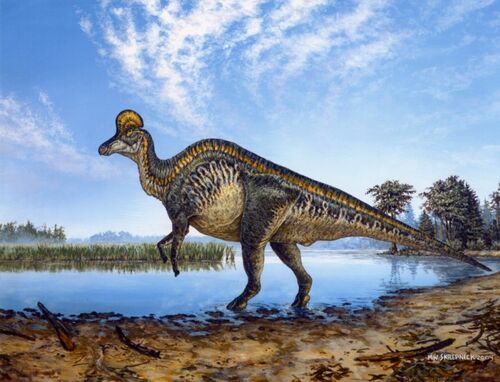
Whilst the Germans were making artistic horror films like Caligari and Nosferatu, an American studio, Universal Pictures, decided they would have a go. And so they made The Phantom of the Opera in 1925, directed by Rupert Julian and based on the 1910 novel of the same name by Gaston Leroux.

Plot: The Paris Opera House is haunted by a phantom Erik (played by Lon Chaney) who has developed an obsession with new, rising starlet Christine (played by Mary Philbin). Unfortunately for Erik, Christine's boyfriend Raoul (played by Norman Kerry) doesn't want to share her with the undead. What lengths will Erik go to get the girl?
My thoughts: I found the film to be "meh". The story is a good one and the characters are decent but the pacing is much too slow for my liking. However, it proved to be a huge success at the time of its release and it gave Universal the opportunity to make the classic horror movies of the 1930s and 40s like Frankenstein (1931), Dracula (1931), The Mummy (1932) and The Wolf Man (1941).
There have been many other adaptations of The Phantom of the Opera, the most famous of which is Andrew Lloyd Webber's musical version. Next time, we will look at a movie with a split personality.
See also:
More horror
See also:
More horror



